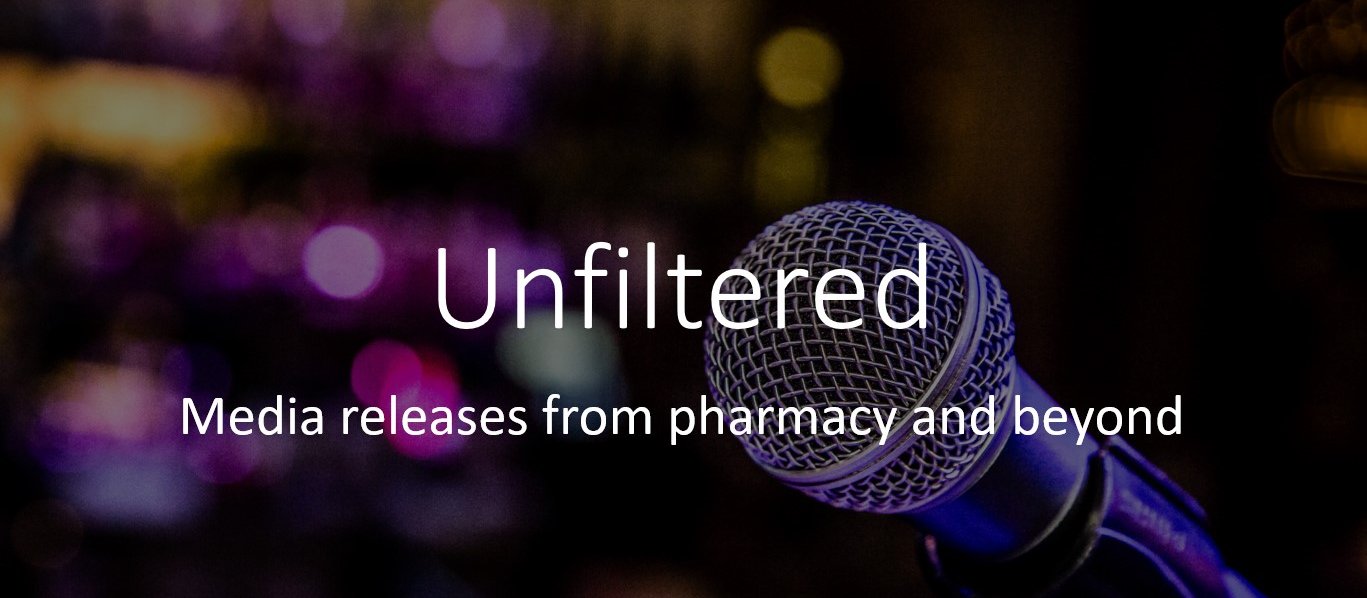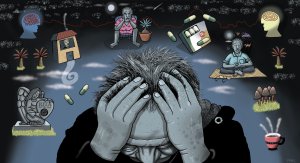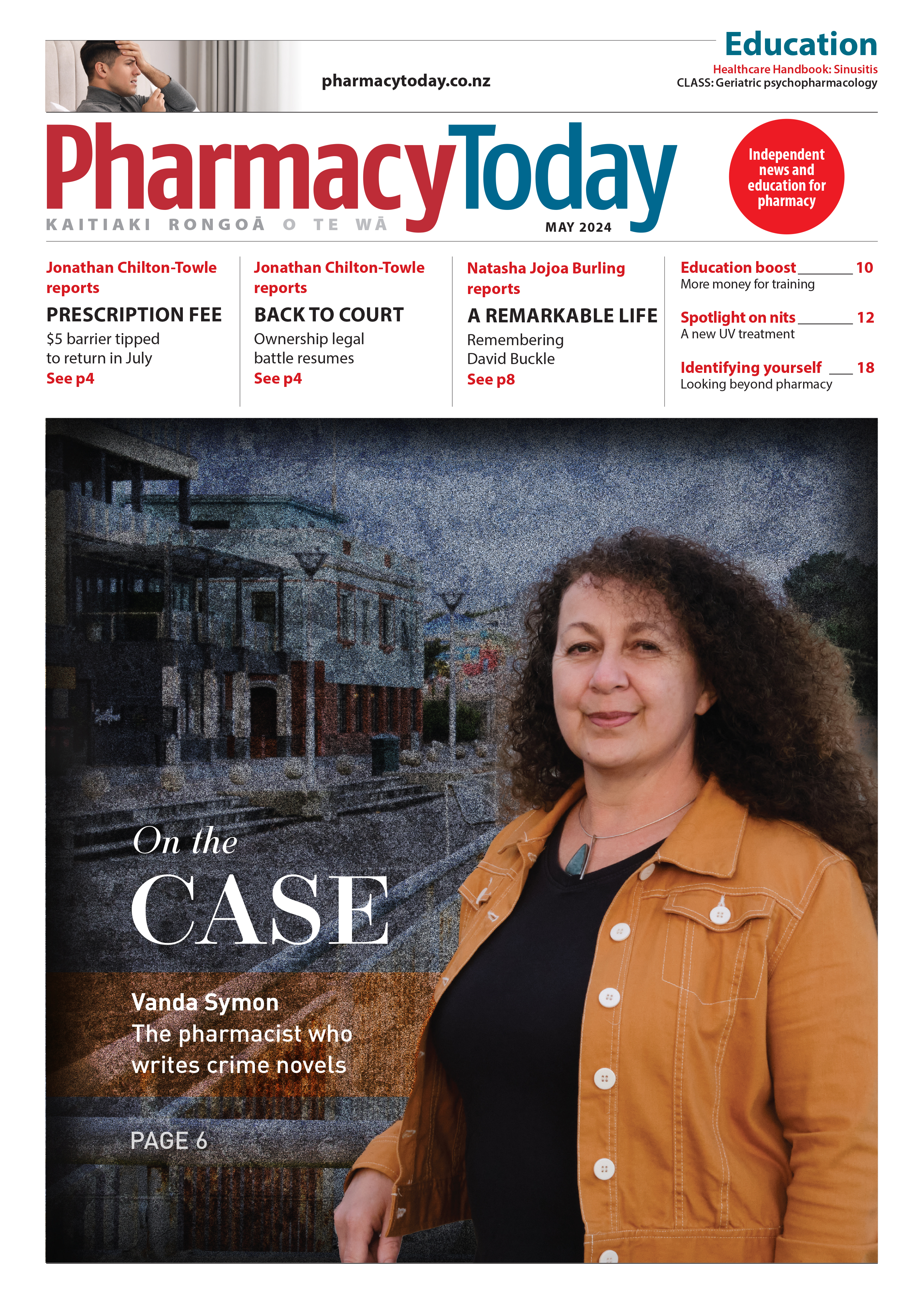This article, written by Sidhesh Phaldessai, provides an overview of geriatric psychopharmacology, including the epidemiology of mental health disorders in the older population, the physiological changes that occur with ageing and their impact on pharmacokinetics and pharmacodynamics, and the use of psychotropic medications in older adults
Diabetes monitoring device pilot successful
Diabetes monitoring device pilot successful

A pilot of a continuous monitoring device for Māori living with diabetes in Taranaki significantly reduced their blood glucose levels and gave them tino rangatiratanga (self-determination) over their hauora (health), those involved in delivering the service say.
A collaborative of providers, including Te Whatu Ora Taranaki, Pinnacle Midlands Health Network, Ngāruahine Iwi Health, Ngāti Ruanui and Tui Ora ran a six-month pilot of the Freestyle Libre Glucose Monitoring System in 2022, in which 40 patients had a device fitted in their arm.
HbA1c is the amount of glucose in the blood and anything over 80 is considered out of control. All participants had levels over 80 when they started and some over 100 which is "very concerning", says Carly Innes, Strategy and Commissioning Lead -Impact Projects, Te Whatu Ora Taranaki.
Participants had an average reduction in their HbA1c levels of 20 points, mostly back down to the 50s and 60s.
"Another win was that people re-engaged with health services, they had been lost to the health system, and their GP practice or clinical nurse specialists have now built up that trust again," Innes says.
The patient collects their own data, either on a reader or on an app, and shares it with their clinical nurse specialist.
As people measure their blood glucose in real-time, they can make adjustments to their diet, medication or exercise, depending on whether they are tracking up or down.
Innes says the district is delivering a new model of care for diabetes patients, shifting the focus from hospital acute services, into enhancing primary care delivery.
They also added a new role to their integrated care team - a diabetes cultural support worker combined with a health coach, called a kaitautoko mate huka, who support patients in the community.
"The impact of the kaitautoko mate huka is hugely beneficial. These kinds of roles are the future of the workforce," says Innes.
Matire Ropiha-Stewart, kaitautoko mate huka and diabetes community coordinator for Diabetes NZ in Taranaki, says that by engaging with the data from the sensor, patients were able to make better decisions to self-manage their diabetes.
"It tells you the immediate impact of whatever exercise you've done, what you've eaten, even how you're feeling emotionally," Ropiha-Stewart explains.
"It gives them the information to decide what to do next to reduce the effects of having high blood glucose levels."
Some patients reported having sensation in their feet again, or the symptom of itchiness went away. Their eyesight got a little bit better, they slept better, were awake more, and were able to better manage their emotions.
Ropiha-Stewart says all the patients wanted to continue using the sensors, which are not funded by the public health system.
A number of them sought funding from other places, such as Lions and the Ministry of Social Development, and were successful. Local iwi also stepped in to fund some devices.
"The impact of the trial was amazing. It got patients to engage and see that diabetes does not have to rule them. It gave them back their tino rangatiratanga, their mana motuhake, their self-governance over their hauora (health)," Ropiha-Stewart says.





